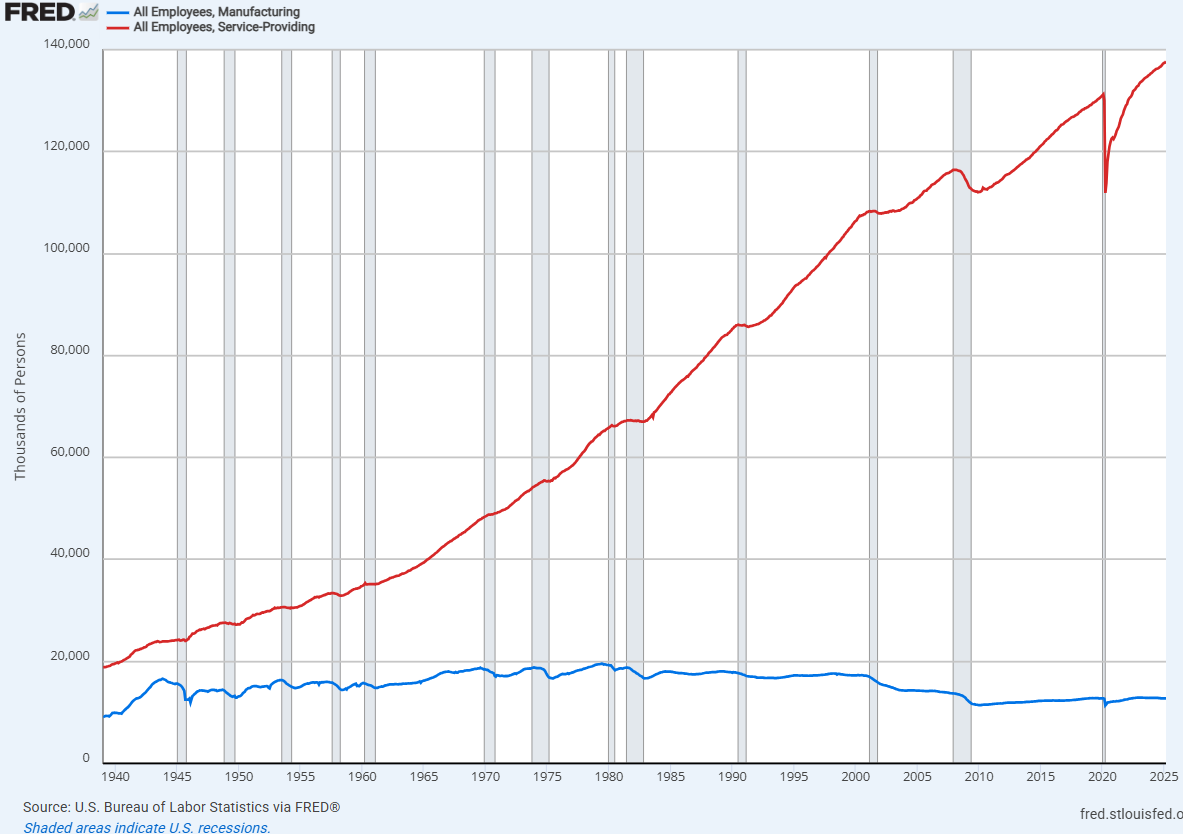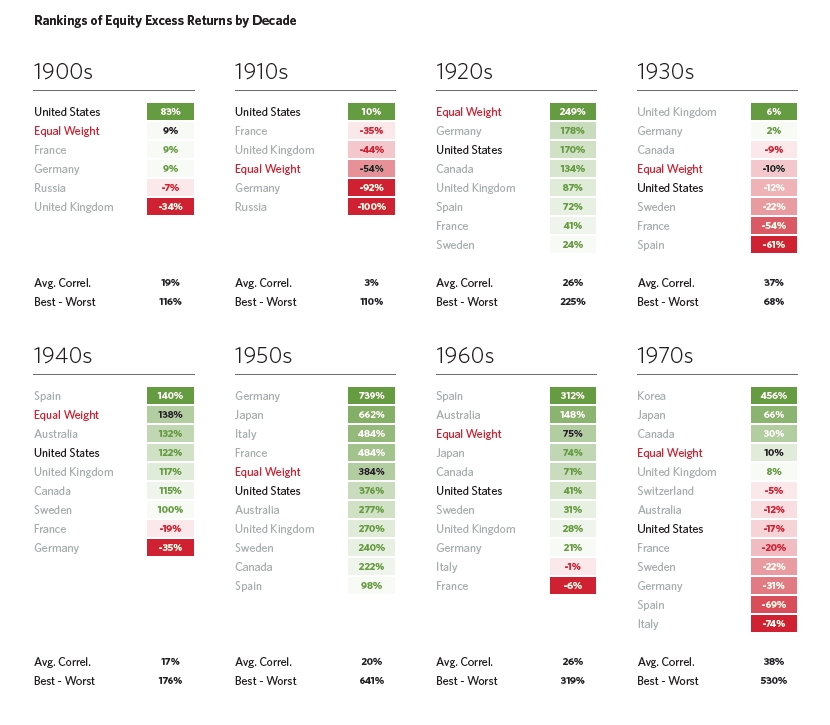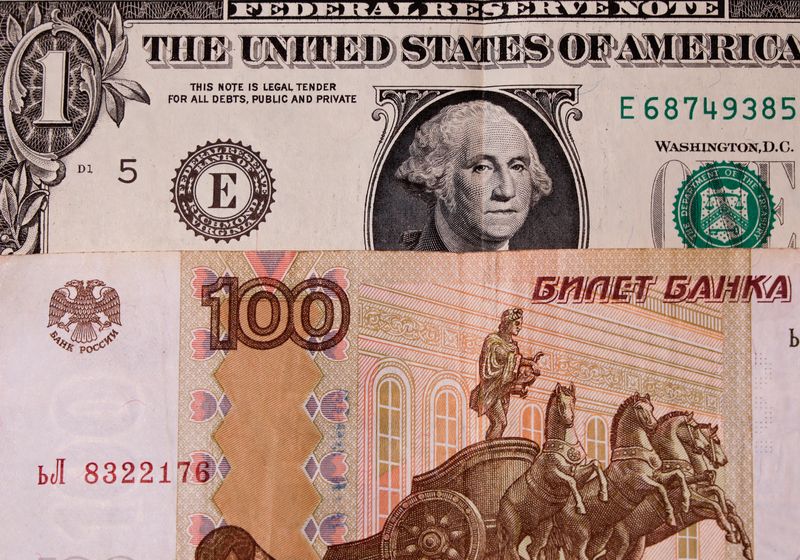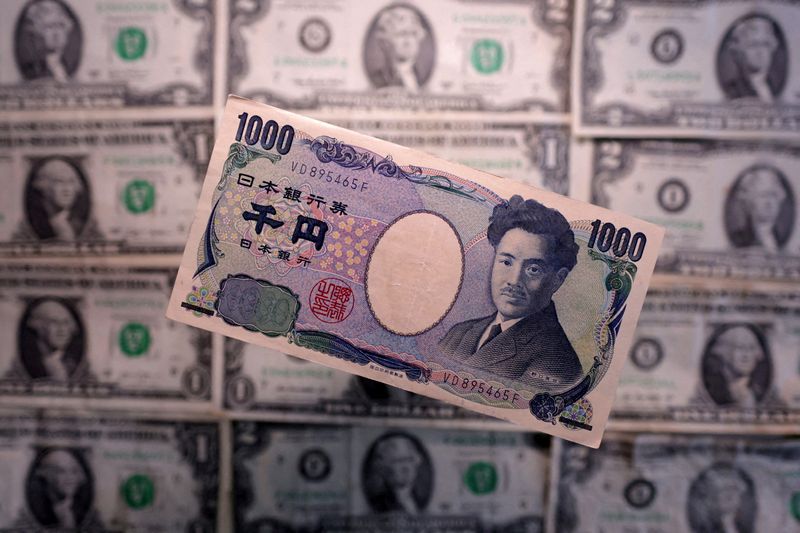These 2 Dividend Giants Are at 52-Week Lows. Time to Buy?
One man’s trash may be another man’s treasure, but dumpster diving when investing carries risks. You have to wade through a lot of junk to potentially find a nugget of gold. While cheap stocks trading at 52-week lows are often cheap for a reason, sometimes good companies are mistakenly tossed into the trash bin too. […] The post These 2 Dividend Giants Are at 52-Week Lows. Time to Buy? appeared first on 24/7 Wall St..

One man’s trash may be another man’s treasure, but dumpster diving when investing carries risks. You have to wade through a lot of junk to potentially find a nugget of gold.
While cheap stocks trading at 52-week lows are often cheap for a reason, sometimes good companies are mistakenly tossed into the trash bin too. Despite still having solid, long-term growth prospects, they are cast aside by the market along with the dreck.
That’s where being a savvy investor comes in. Being contrarian, you can pick up these hidden gems at a significant discount and profit all the way to the bank when their fortunes turn. Below are two standout stocks that recently hit their low point, but are still gleaming beneath the grime.
24/7 Wall St. Insights:
-
Stocks trading at 52-week lows often deserve to be discounted, but not all, and investors can find real bargains to buy among them.
-
The two stocks below recently hit new lows, yet a closer examination shows why they are really hidden gems.
-
Sit back and let dividends do the heavy lifting for a simple, steady path to serious wealth creation over time. Grab a free copy of “2 Legendary High-Yield Dividend Stocks” now.
Eli Lilly (LLY)
Pharmaceutical giant Eli Lilly (NYSE:LLY) recently touched its 52-week low of $677 a share, yet it remains a compelling investment due to its robust fundamentals, innovative pipeline, and resilient market position. The stock’s dip more reflects short-term market pressures than any deterioration in its long-term value, making it an attractive buy for patient investors.
The primary driver of Lilly’s appeal is its blockbuster drugs, particularly its diabetes and obesity therapy tirzepatide (Mounjaro and Zepbound, respectively). With clinical trials showing Zepbound caused almost 21% average weight loss, demand for the drug in the $100 billion weight-loss market is soaring. Zepbound sales rocketed to $1.2 billion from $176 million a year ago after it was introduced while Mounjaro soared 60%.
Despite competition from Novo Nordisk’s (NYSE:NVO) Wegovy, Lilly’s dual GLP-1/GIP mechanism and oral drug pipeline, such as orforglipron, make it the more popular therapy today. Analysts project 42% compound annual revenue growth through 2030, driven by obesity and Alzheimer’s treatments like Kisunla.
Down 25% from its peak, LLY’s decline stems from market rotation away from high-valuation pharma stocks and concerns over patent cliffs. However, Lilly’s forward P/E ratio of 25 is justified by its growth trajectory, compared to the S&P 500’s 17. Although its dividend yields just 0.7% annually, it has made a payout for 35 consecutive years while consistently increasing it for the last 10 at an 11% annual rate.
Lilly’s $11 billion R&D investment in 2024, focusing on oncology and neurodegenerative diseases, ensures future revenue streams. Strategic acquisitions, like last year’s Morphic for autoimmune treatments, bolster its portfolio. Despite short-term volatility, Lilly’s leadership in high-demand therapeutic areas, strong financials, and innovation make it a solid buy at its current discount.
Exxon Mobil (XOM)
The second dividend giant to be tossed out with the bathwater is oil behemoth Exxon Mobil (NYSE:XOM), which recently hit a 52-week low of $126 per share, yet remains a stock investors should buy due to its rock-solid fundamentals, strategic positioning, and attractive valuation. For investors seeking stability and income, XOM stock is worth considering.
Exxon’s strength lies in its integrated business model, spanning upstream (exploration), midstream (pipelines), and downstream (refining) operations. Despite oil price volatility, Exxon’s diversified operations ensure steady cash flows. Its 2024 net income of $33.7 billion, or $7.84 per share, down 6% from 2023, but were ahead of analyst expectations as it offered up its highest production levels in a decade. It achieved record production in its oil-rich assets in the Permian Basin and Guyana and its $59.5 billion Pioneer Natural Resources acquisition.
The International Energy Agency forecasts oil demand growth will hit 105 million barrels per day by 2030, while Goldman Sachs analysts expect it to continue growing beyond that till 2034.
XOM stock’s 18% decline to a 52-week low stems from fears of oversupply and economic slowdown, yet Exxon’s forward price-to-earnings ratio of 12 signals its shares are undervalued. Its 3.7% dividend yield, with 42 consecutive years of increases, is what attracts most income investors, and far surpasses the S&P 500’s 1.4%. Exxon’s $20 billion share repurchase program further enhances shareholder value as it returned $36 billion to shareholders last year between dividends and buybacks.
Possessing strong liquidity and a 0.18 debt-to-equity ratio ensures financial flexibility. Despite near-term oil price headwinds, Exxon’s operational strength, dividend reliability, and strategic diversification make it a solid buy at its current discount.
The post These 2 Dividend Giants Are at 52-Week Lows. Time to Buy? appeared first on 24/7 Wall St..

































































































































































